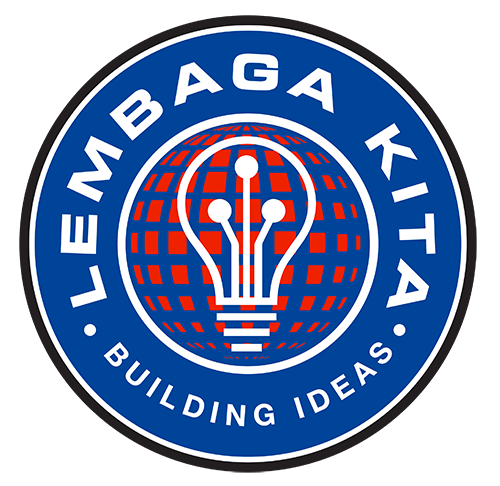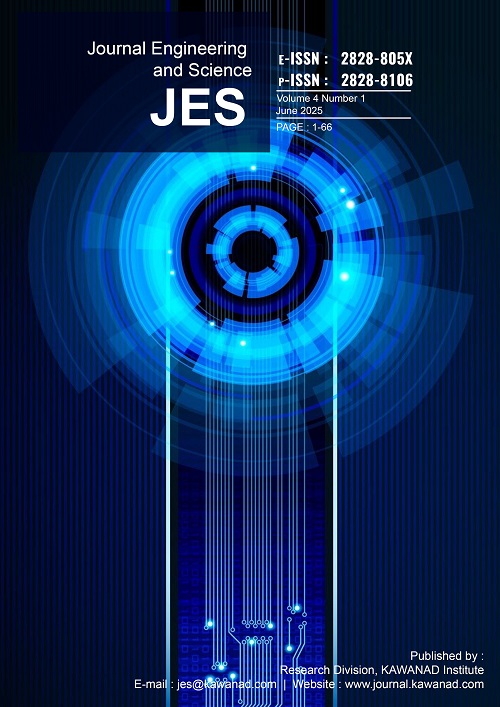TEMPLATE
- masriali@unsyiah.ac.id
- Banda Aceh City, Indonesia
- +6281360650791
Articles
- Home
- Archives
- Vol. 4 No. 1 (2025): June
- Articles
- Home
- Archives
- Vol. 4 No. 1 (2025): June
- Articles
Impact of Moisture Variations on NH₃ and H₂S Emissions During Municipal Solid Waste Drying Using Waste Motor Oil Interceptor System: A Case from Denpasar, Bali
- Authors I Made Panji Tirta Prakasa , I Wayan Andrayuga , I Wayan Gde Sutasoma , Anak Agung Adi Wiryya Putra
- Affiliations
- Published 2025-06-30
- Section Articles
- DOI https://doi.org/10.56347/jes.v4i1.233
- Issue Vol. 4 No. 1 (2025): June
0
Views
0
Downloads
Altmetrics
Abstract
Municipal solid waste (MSW) production continues to rise globally, especially in developing countries such as Indonesia, creating significant environmental challenges. This study investigates the impact of moisture content (MC) variation on ammonia (NH₃) and hydrogen sulfide (H₂S) emissions during the MSW drying process, and evaluates the effectiveness of a gas capture system using waste motor oil (WMO). Laboratory-scale experiments were conducted at Universitas Pendidikan Nasional in collaboration with Universitas Udayana, using MSW samples conditioned at five moisture levels: 50%, 40%, 30%, 20%, and 10%. Emissions were measured before and after treatment with the WMO-based interceptor system. The results showed that the highest gas emissions occurred at 50% MC, with corresponding reduction efficiencies of 73.9% (50% MC), 70.0% (40%), 72.1% (30%), 55.9% (20%), and 5.4% (10%). Higher MC was associated with increased anaerobic microbial activity and organic matter decomposition, leading to elevated NH₃ and H₂S generation. The WMO system demonstrated strong gas adsorption performance, particularly at moderate to high MC levels. These findings suggest that controlling MC and applying low-cost WMO-based gas interception can significantly reduce emissions in waste drying processes. This approach holds promise for improving air quality in urban waste management systems, especially in resource-limited settings.
References
- Aron, L., Botella, M., & Lubart, T. (2019). Culinary arts: Talent and their development. In R. F. Subotnik, P. Olszewski-Kubilius, & F. C. Worrell (Eds.), The psychology of high performance: Developing human potential into domain-specific talent (pp. 345–359). https://psycnet.apa.org/doi/10.1037/0000120-016
- Aslam, Z., Hussein, I. A., Shawabkeh, R. A., Parvez, M. A., Ahmad, W., & Ihsanullah. (2019). Adsorption kinetics and modeling of H₂S by treated waste oil fly ash. Journal of the Air & Waste Management Association, 69(2), 246–257. https://doi.org/10.1080/10962247.2018.1536004
- Budha, I. K., Wahyuni, P. I., & Aryastana, P. (2023). Transformasi lingkungan dan pengelolaan persampahan di Kota Denpasar: Kajian efektivitas TPST. Jurnal Ilmiah Telsinas Elektro, Sipil dan Teknik Informasi, 6(2), 158–172. https://doi.org/10.38043/telsinas.v6i2.4516
- Kim, H., Lee, S., & Park, J. (2020). Ammonia emission characteristics and emission factor of municipal solid waste incineration. Sustainability, 12(18), 7309. https://doi.org/10.3390/su12187309
- Li, Y., Zhou, M., & Huang, H. (2021). Effect of moisture content on gaseous emissions in waste-to-energy systems. Waste Management, 120, 187–195.
- Rahman, M. A., & Alam, M. (2023). Low-cost technologies for flue gas cleaning: A review. Environmental Technology & Innovation, 32, 103102.
- Rao, M., & Ryu, C. (2022). A review of flue gas purification methods in municipal solid waste treatment. Renewable and Sustainable Energy Reviews, 153, 111766.
- Sahan, J. F., & Ambika, Z. (2023). Municipal solid waste management in developing economies: A way forward. Cleaner Waste Systems, 5, 100103.
- Ulhasanah, N., Ulhaq, M. H. D., & Zahra, N. L. (2024). Optimization of management system of municipal solid waste transportation (Case study: Jakarta, Indonesia). Journal of Sustainable Infrastructure, 3(1).
- Wu, H., Yang, M., Tsui, T.-H., Yin, Z., & Yin, C. (2020). Comparative evaluation on the utilization of applied electrical potential in a conductive granule packed biotrickling filter for continuous abatement of xylene: Performance, limitation, and microbial community. Journal of Environmental Management, 274, 111145.
- Wu, P., Wang, Z., Zhu, Q., Xie, Z., Mei, Y., Liang, Y., & Chen, Z. (2021). Stress preadaptation and overexpression of rpoS and hfq genes increase stress resistance of Pseudomonas fluorescens ATCC13525. Microbiological Research, 250, 126804.
- Xue, N., Wang, Q., Wu, C., Zhang, L., & Xie, W. (2020). Enhanced removal of NH₃ during composting by a biotrickling filter inoculated with nitrifying bacteria. Biochemical Engineering Journal, 153, 107407.
- Zhang, J., Wang, Y., & Li, L. (2015). Release and control of hydrogen sulfide during sludge thermal drying. Chemosphere, 138, 726–732.
- Zhao, W., Van der Lans, R. G. J. M., & Straatsma, J. (2015). Experimental study of moisture impact on municipal solid waste incineration. Fuel Processing Technology, 137, 270–277.
- Zhu, Q., Wu, P., & Chen, B. (2023). Improving NH₃ and H₂S removal efficiency with pilot-scale biotrickling filter by co-immobilizing Kosakonia oryzae FB2-3 and Acinetobacter baumannii L5-4. Environmental Science and Pollution Research, 30, 33181–33194.
Author Biographies


Similar Articles
Discover other articles with topics similar to what you're currently reading. Find more references and expand your knowledge base.

More Similar Articles
Multi-Criteria Performance Evaluation and Optimization of...
Chukwunedum, Ogochukwu Chinedum, Nwobi-Okoye, Chidozie Chukwuemeka, Godspower Onyekachukwu Ekwueme, Anizoba, Daniel Chinazom
Vol. 4 No. 1 (2025): JuneLimbah Tempurung Kelapa diuji Guna Menjadi Bahan Bakar...
Arhami, M. Nizar Machmud, Masri Ali
Vol. 1 No. 1 (2022): January-June 2022Fatigue Performance of Sugar Palm Fibre-Reinforced...
Dandi Bachtiar, Januar Parlaungan Siregar, Suhaeri, Masri, Zulfadhli
Vol. 4 No. 1 (2025): JuneEffect of Maleic Anhydride Polypropylene on Flexural...
Dandi Bachtiar, Januar Parlaungan Siregar, Mohd Iqbal, Masri, Zulfadhli, Muhibbuddin
Vol. 2 No. 2 (2023): July-December 2023













